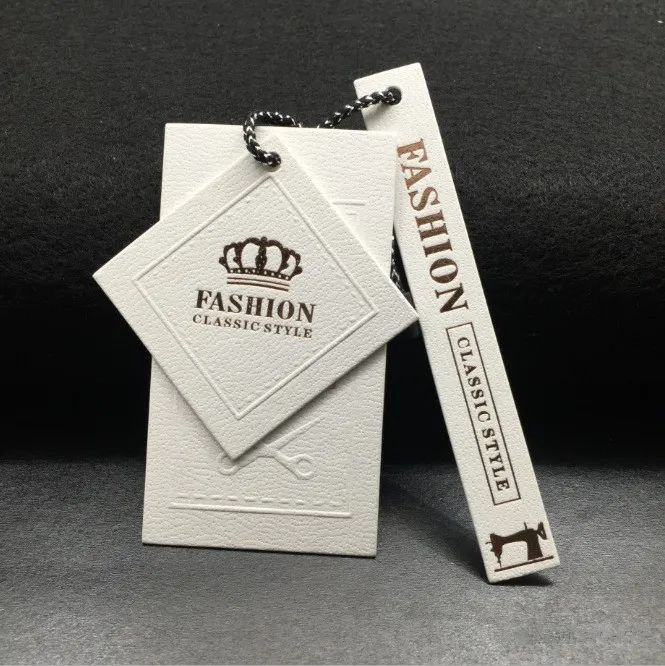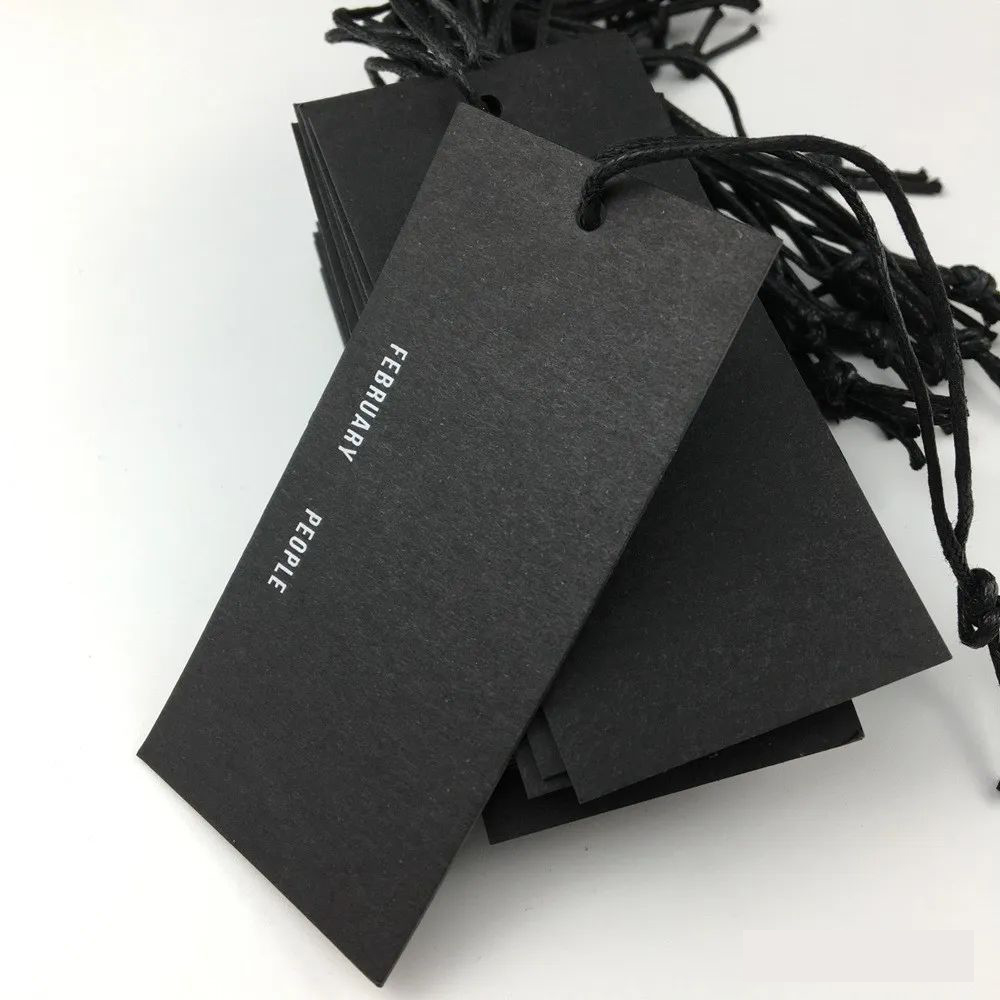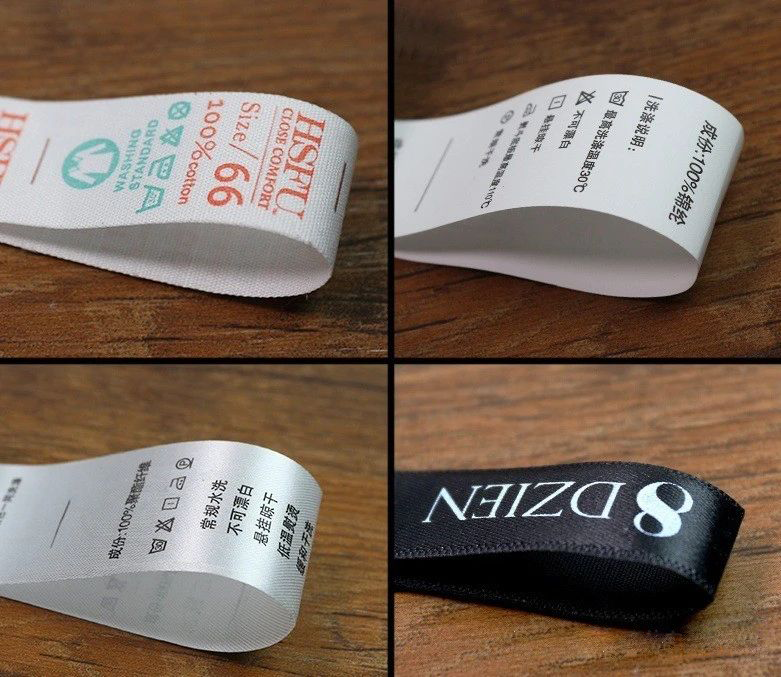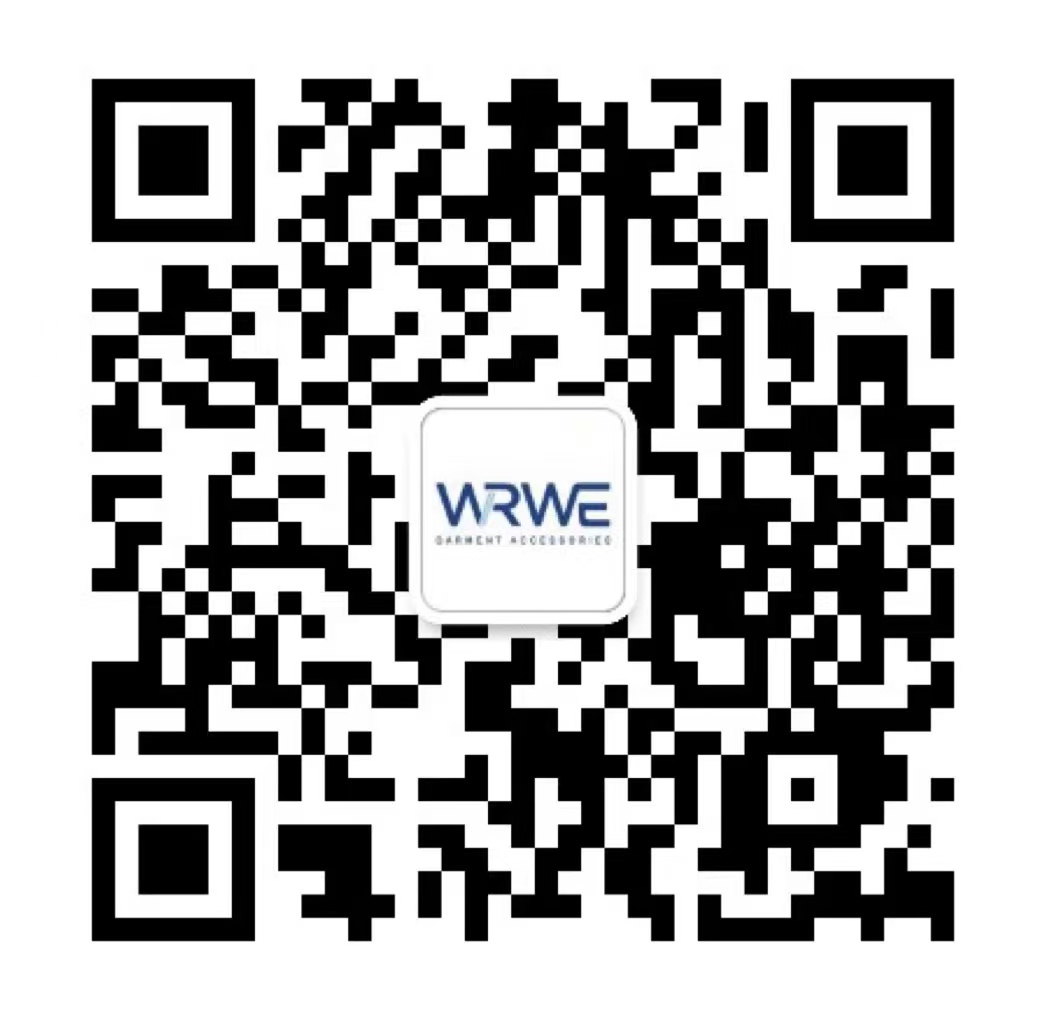Hang tag
Mainly used in the field of clothing, but also widely used in bags, shoes, home textiles, sporting goods, household appliances and other fields. Clothing tags can basically be used in the field of clothing, whether it is summer shirts, T-shirts, winter cotton coats, down jackets, or underwear.
Different clothes require different clothing tags, which are mainly reflected in the materials. In terms of production technology, the first thing is the choice of material. There are many kinds of materials for hang tags. The most widely used materials are coated paper, kraft paper, black cardboard, white cardboard, special paper and PVC.
In order to reflect the characteristics of the hang tag, To match clothing, or to highlight one’s own brand, hang tags will also be made using different techniques. Currently, the more popular techniques include: UV, hot stamping and silver foil, embossing, epoxy, and flocking.
Different materials + different craftsmanship + personalized design = personalized customization


Wash mark
Overview of wash label: also called: care label, wash mark, washing mark, washing instructions, clothing accessories, different places have different customary names, English writing: care label, wash label, the fabric of the clothes will be marked on the wash label Ingredients and correct washing methods: such as dry cleaning/machine washing/hand washing, whether it can be bleached, drying methods, ironing temperature requirements, etc., are used to guide users to correctly wash and maintain clothes; the wash mark is usually on the back collar Below or next to the center main mark on the middle/back waist, or on the side seam.
Materials for washable labels: mainly non-woven fabrics and ribbons, tapes are also used, and some require flame retardancy. Each has its own advantages.
Printing process for water-washed labels: rotary printing, flexographic printing, silk screen printing, laser printing. Generally speaking, rotary printing is used for low-demand products, which has high efficiency and fast printing speed; for high-demand products, such as exporting to Europe and the United States, flexo printing is generally used, which is the second most efficient, and laser printing is used for high-end products, which is stronger.

Woven mark
(It is also called collar label, woven label, mark, cloth label, clothing label). The woven label is to show the clothing characteristics of the clothing or related brands. It usually has the brand’s English or LOGO. Advanced weaving machines imported from Switzerland and Germany are used to interweave and form patterns, and the material is generally high-grade polyester yarn. The graphics are fine, concave and convex, and the color is good.
Well-designed and manufactured woven labels can not only embellish and mark the main body of clothing, but also play a very good anti-counterfeiting role (more details on anti-counterfeiting will be given later). Suitable for high-end winter clothes and suits, suitable for summer clothes, women’s clothes, toys, hats, etc.
Computerized woven labels are generally classified according to warp yarns and structure. Common warp yarns are black and white, combined with structural satin and flat surfaces, commonly known as white flat, white satin, black flat, black satin, etc., as well as density and Different structures will also have detailed names, such as double brocade, jacquard, single layer, high latitude, etc.
According to the different cutting edges, they are divided into: hot-cut and super-cut. The two edges after cutting are not smooth. If it is sewn at the collar and it is close-fitting clothes, it will make the delicate skin uncomfortable and super-cut. Cutting is ultrasonic cutting. The woven label after ultra-cutting is not rough at all. Even if it is sewn on close-fitting clothes, it will not hurt your delicate skin. Of course, the cost will be higher.



